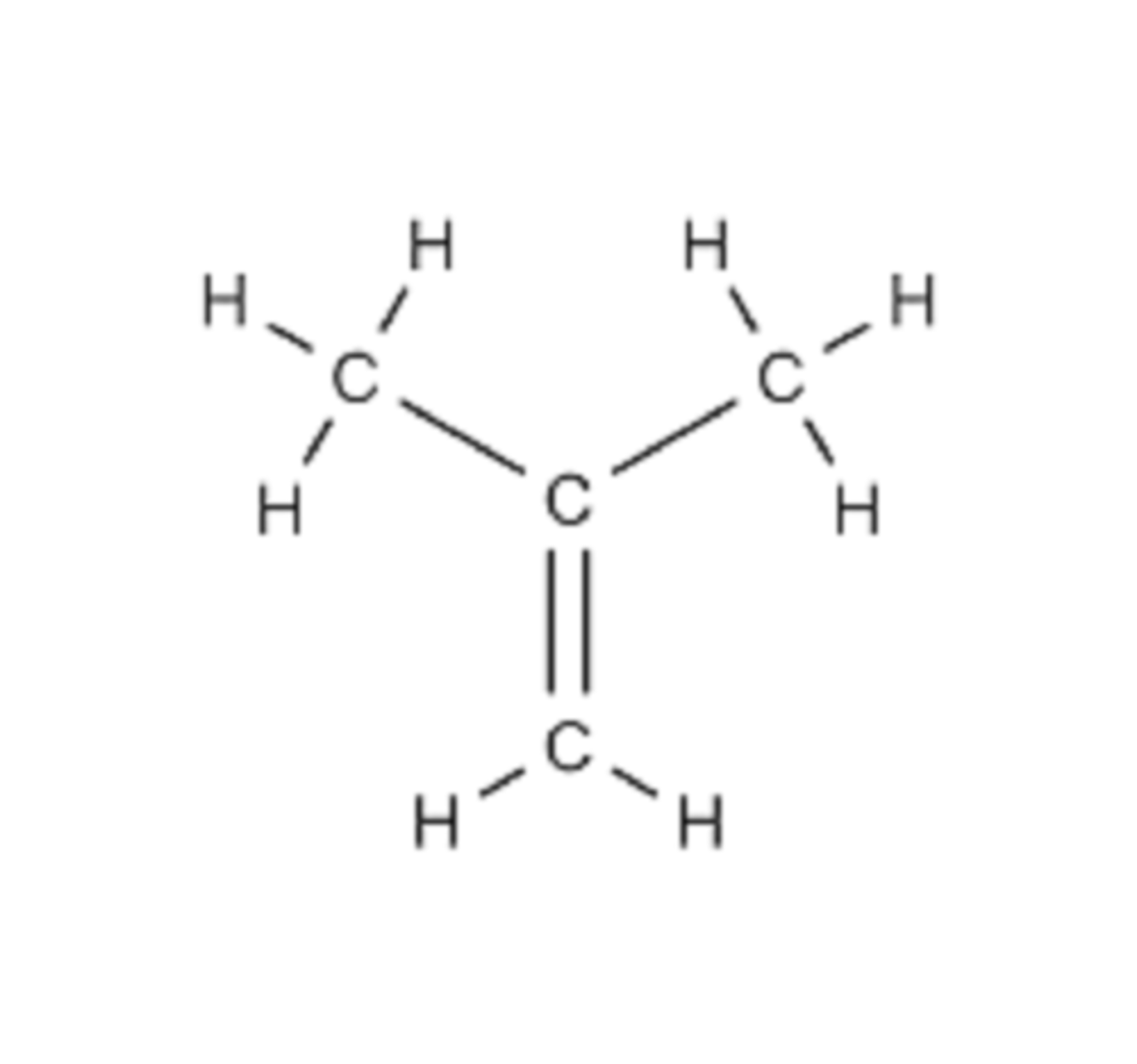OCR Gateway GCSE Chemistry: C1 and C2.2: Particles and Bonding
1/150
There's no tags or description
Looks like no tags are added yet.
Name | Mastery | Learn | Test | Matching | Spaced |
|---|
No study sessions yet.
151 Terms
Element
Simplest type of substance
Where all elements are found
Periodic table
Atom
Smallest part of an element / that make up a substance that still has its chemical properties
Molecule
Particle made from multiple atoms joined together by chemical bonds
Bond
Attractive force holding atoms together in a molecule
Atomic radius
Distance from centre of an atom to outside
Bond length
Distance between centres of two joined atoms
Subatomic particles
Very small particles found inside an atom
Proton
Subatomic particle with relative mass 1 and charge + 1
Neutron
Subatomic particle with relative mass 1 and charge 0
Electron
Subatomic particle with relative mass 1 / 2000 and charge - 1
Nucleus
Centre of an atom containing protons and neutrons
Shells
Rings around the nucleus of an atom in which electrons are found
Why when you add water to orange squash, the orange colour spreads out
The two substance are made from tiny particles that can mix together
Matter
What everything is made from, including particles
What particles refer to
Atoms, ions and molecules
Solid state
Regular arrangement of particles, which are very close together and vibrate around fixed positions
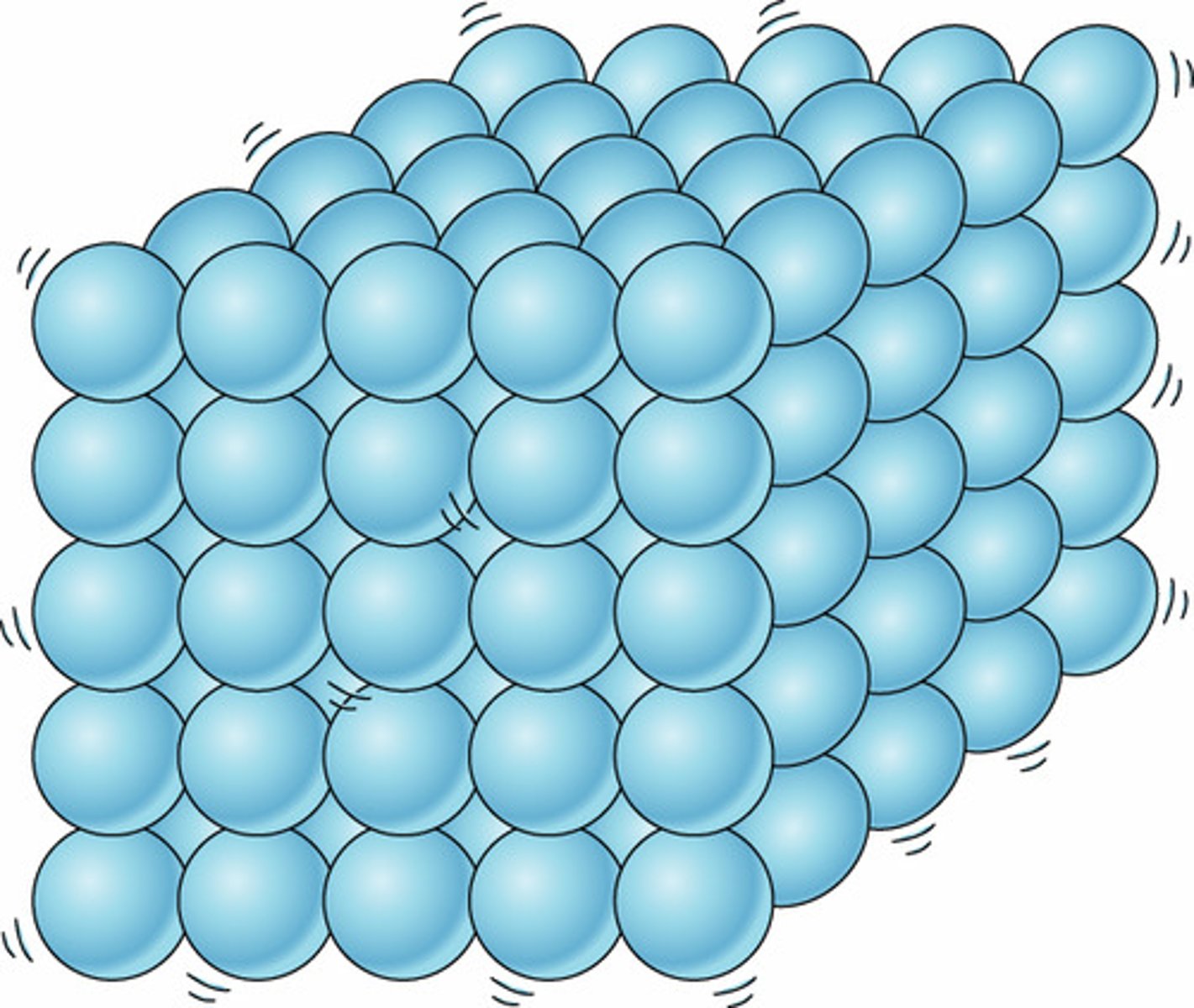
Liquid state, practice drawing!
Random arrangement of particles, which are close together and move around each other
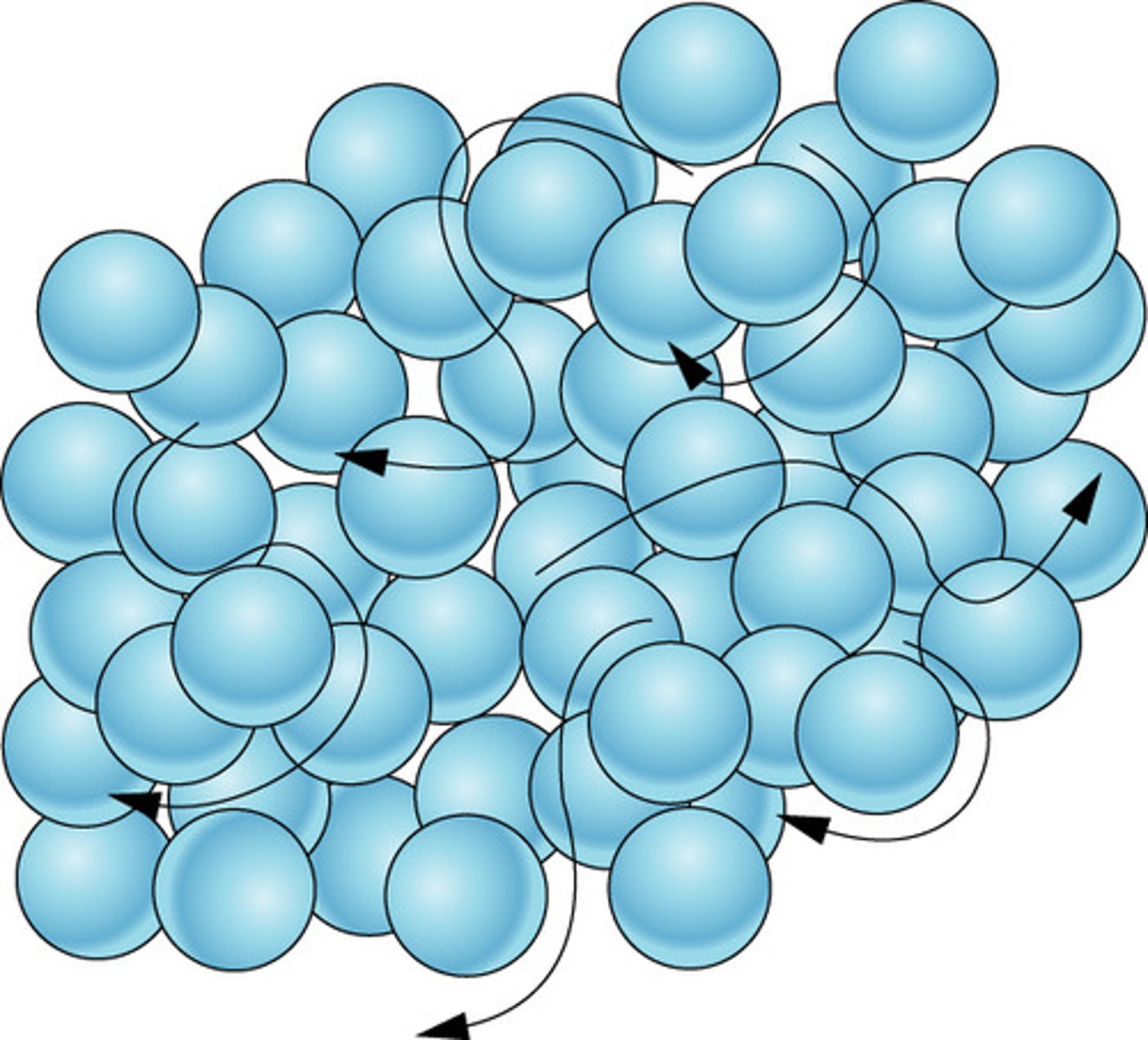
Gas state
Random arrangement of particles, which are far apart and move quickly in all directions
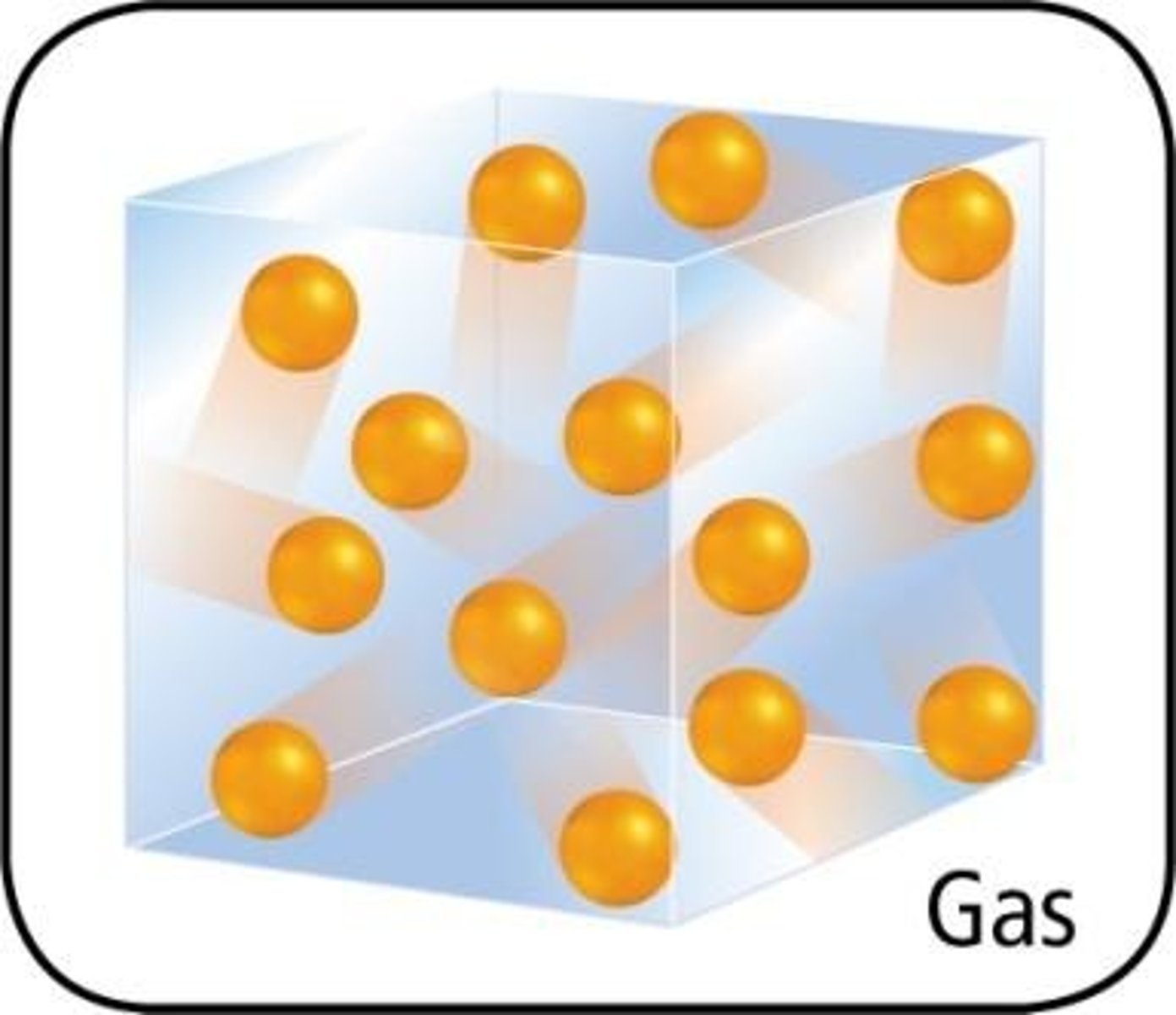
Particle model
Explains why some properties of a substance depend on its state
Why you cannot squash a liquid or solid, using the particle model
No space for particles to move into
Why a solid has a fixed shape and cannot flow, using the particle model
Particles vibrate around fixed positions and cannot move from place to place
Compromises that are made when drawing a 3D object on paper
You can only see parts of particles facing you and some are hidden
Type of 3D diagram on paper
Isometric
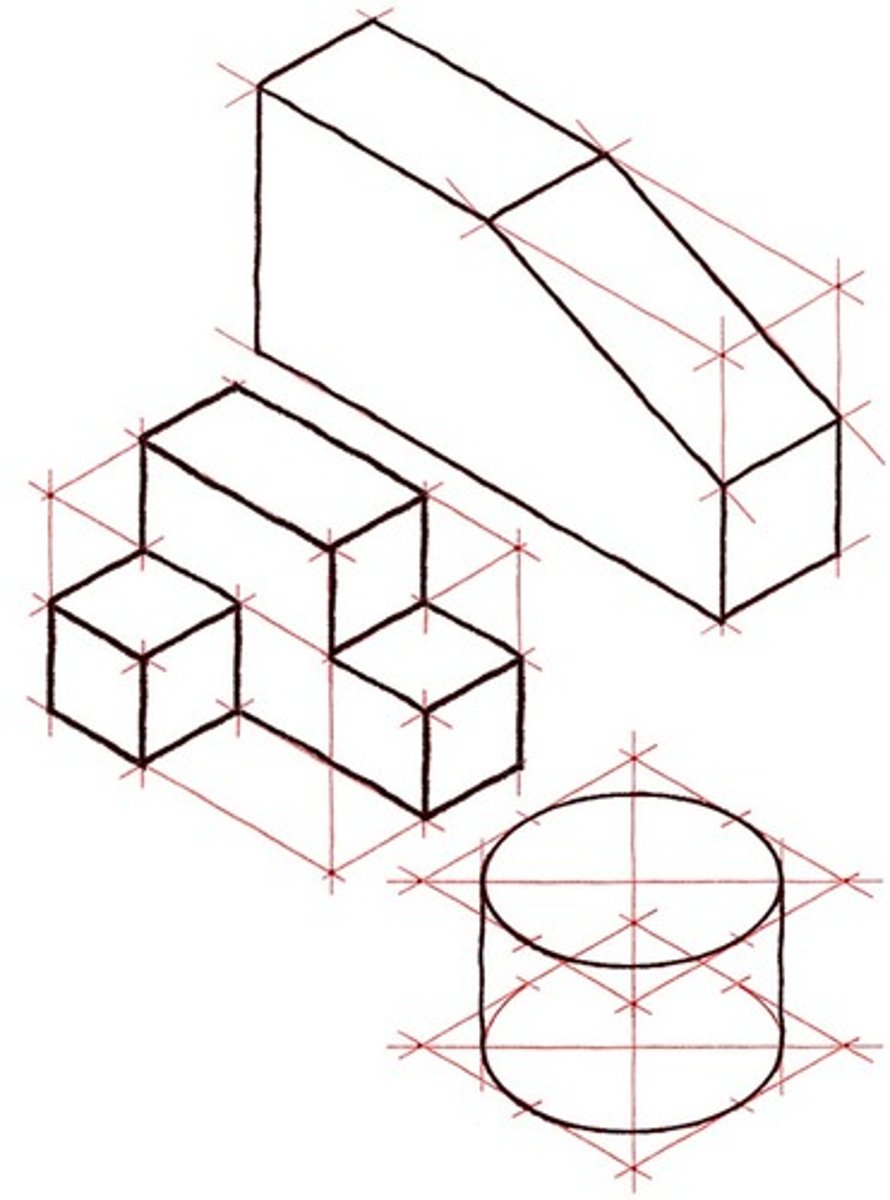
Physical change
Happens when a substance changes shape or state, or breaks into pieces, and where no new substances are made
Two examples of physical changes
Melting butter and cracking eggs
Three examples of reversable physical changes
Freezing juice to make an ice lolly, mixing sand with water and dissolving sugar in water
Chemical change
When new substances are made, the properties of which can be very different from those of the original substance
Two things you may observe during a chemical change
Colour change and / or gas given off, bubbles
Three examples of chemical changes
Cooking eggs or other food, steel rusting and an acid reacting with an alkali to make a salt and water
Smallest atom
Helium
Diameter of helium atom
62 pm or 62 * 10 ^ - 12 m
Distance between two helium atoms in relation to diameter
≈ 55 x larger, making it difficult to draw gas particles to scale
Forces between particles
Forces of attraction between positive and negative charges, so electrostatic
The further apart particles are, forces become -
Weaker
What forces between particles are strongest in
Solids
What forces between particles are weakest in
Gases
Limitations of the particle model
Does not take into account forces between particles, size of particles and space between particles
Why the volume of a substance generally increases a little when it melts
Forces of attraction get weaker and particles move around each other
What atomic radii and bonds lengths are usually around
10 ^ - 10 m
What 'atom' is Greek for
Indivisible
John Dalton's contribution, 1803
Proposed all matter consists of indivisible tiny particles, atoms. Atoms of each element are different to one another because they have different masses and atoms combined in simple whole number ratios
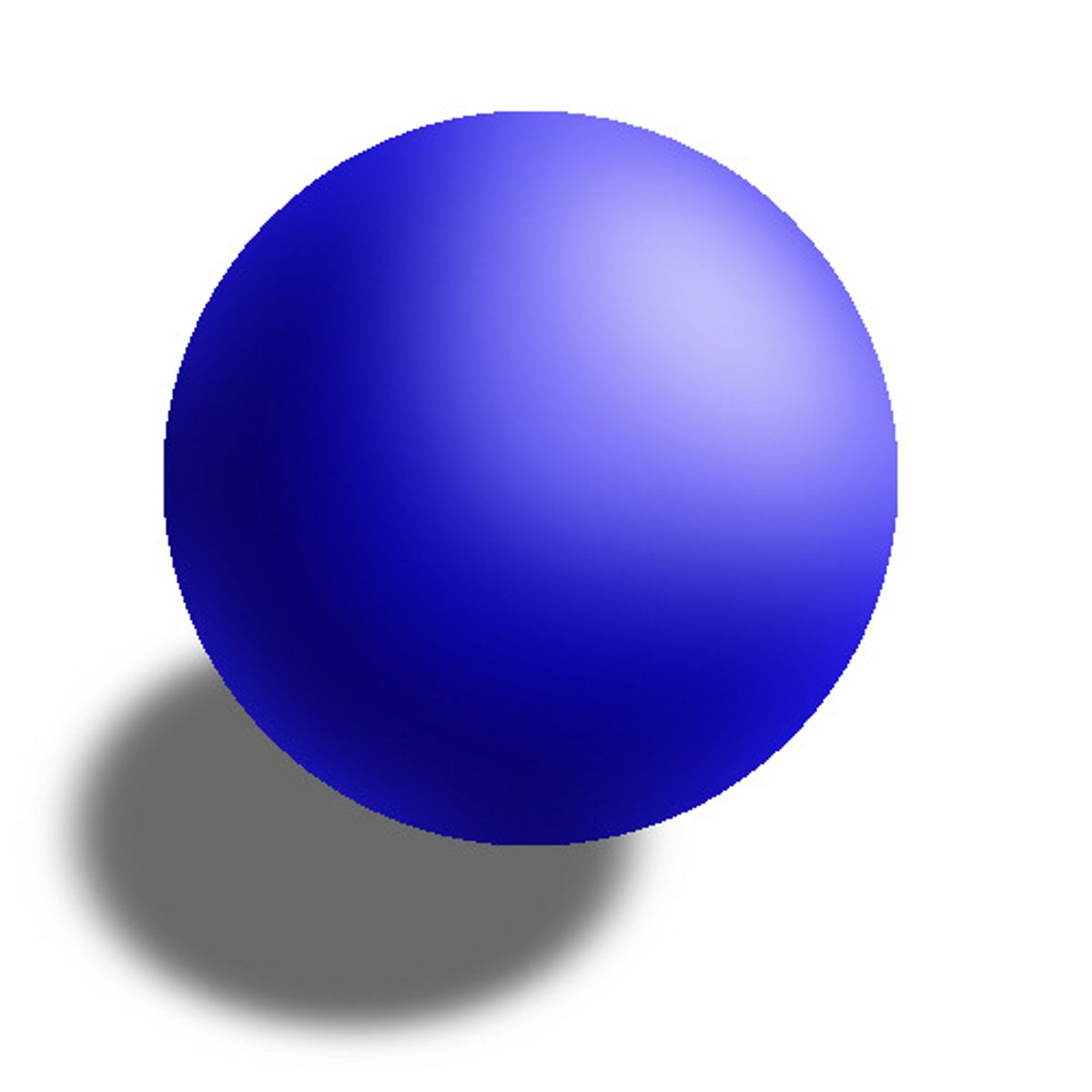
Joseph John Thompson's contribution, 1897
Proposed a model where atoms were positively charged spheres with negatively charged electrons embedded within. Discovered electrons in his experiments of electric discharge in a high-vacuum cathode-ray tube
Plum-pudding model, devised by J.J. Thompson
Showing atomic structure, this theory held that the negatively charged electrons in an atom were floating - sometimes moving - in a sea of positive charge - the electrons being akin to plums in a bowl of pudding
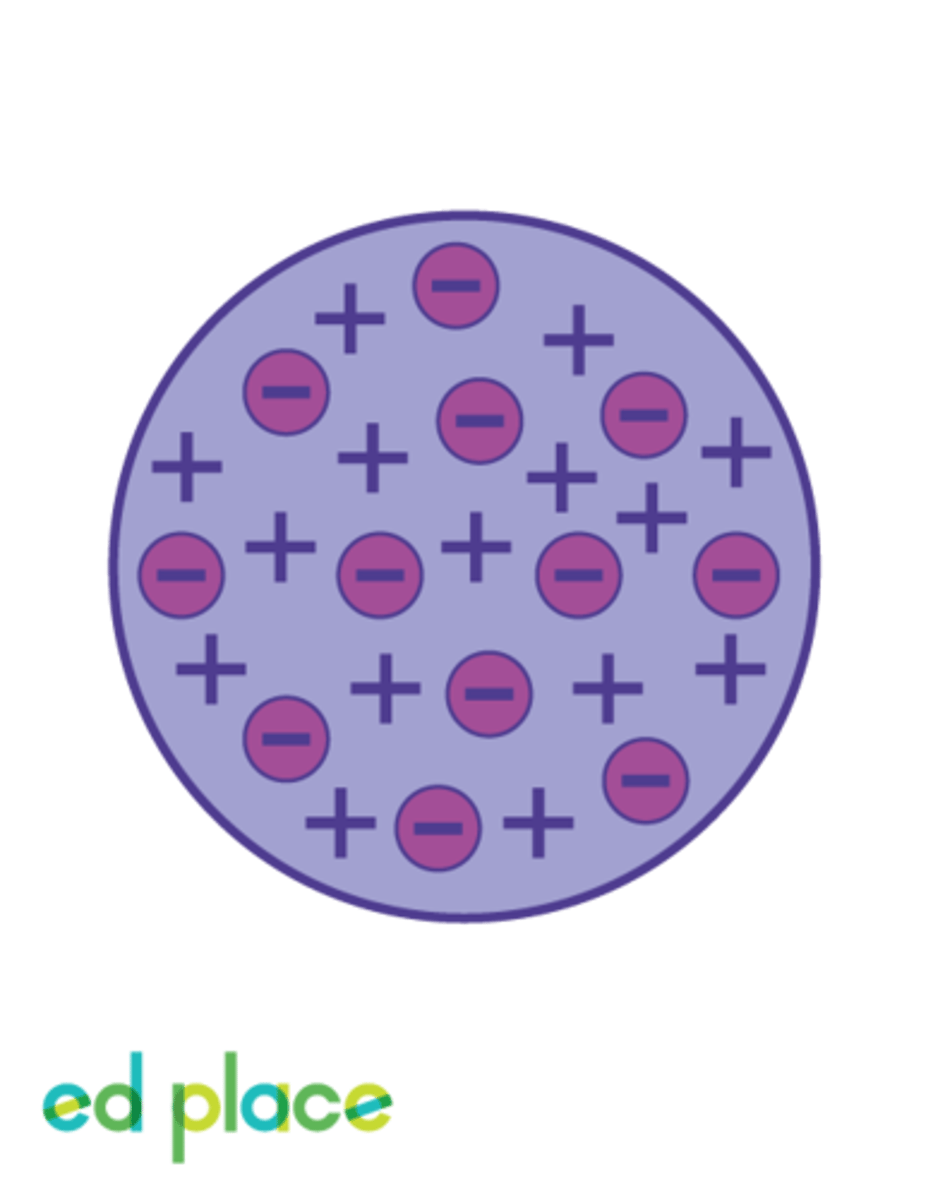
Ernest Rutherford's contribution, 1911
Famous experiment where most radioactive alpha particles that were fired at a thin sheet of gold passed straight through proved that atoms were mostly empty space, with a small, dense nucleus containing positive protons - negatively charged electrons orbited the nucleus. The change he suggested in 1911 showed a rapid change of ideas about the atom which had previously been based on Thompson's model
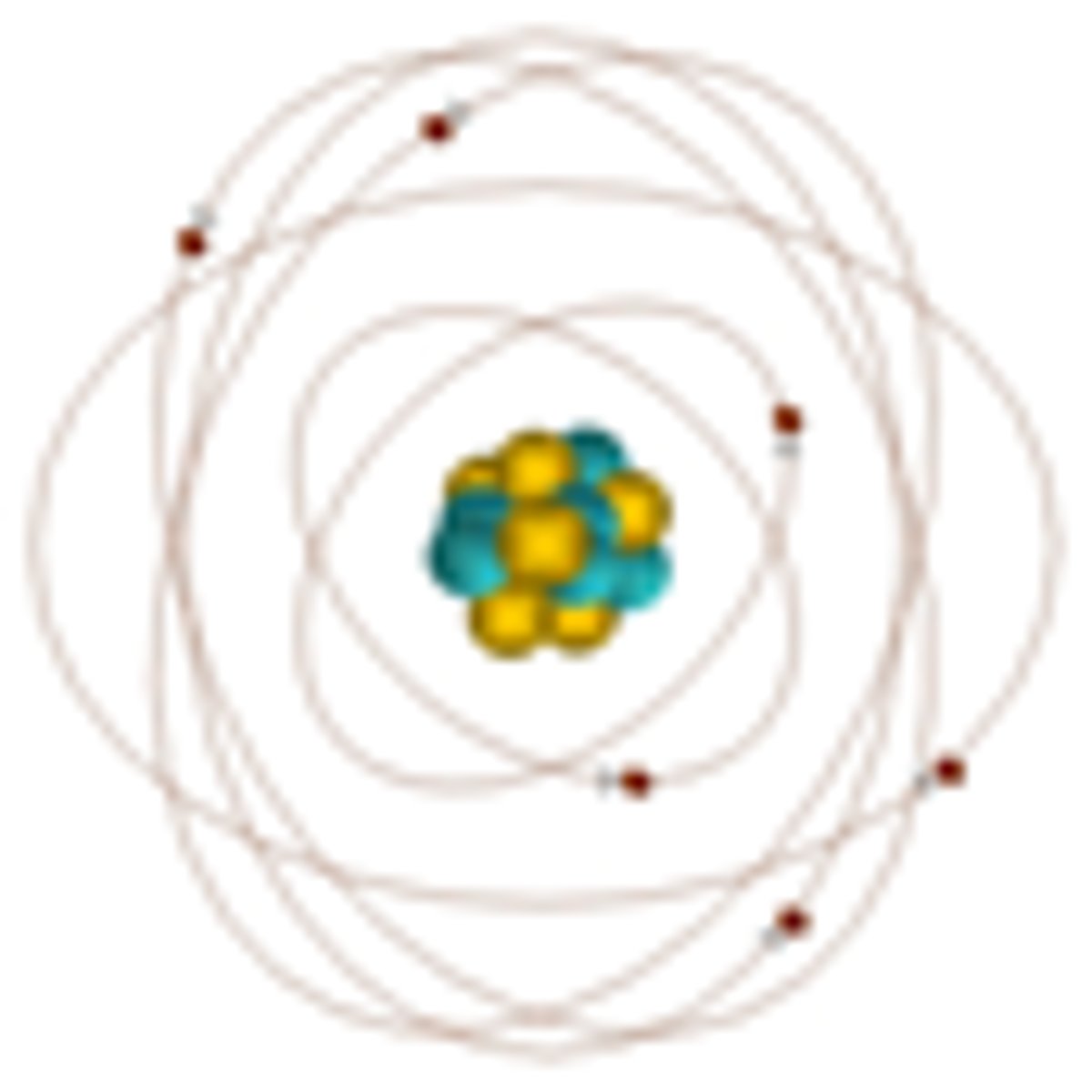
Who, when and where Ernest Rutherford's experiment was carried out by
Geiger and Marsden under the direction of Rutherford, at Manchester University in 1909
Niels Bohr's contribution, 1922
Suggested that electrons orbited the nucleus at different energy levels - in shells. Only electrons with a specific amount of energy could be found in each shell
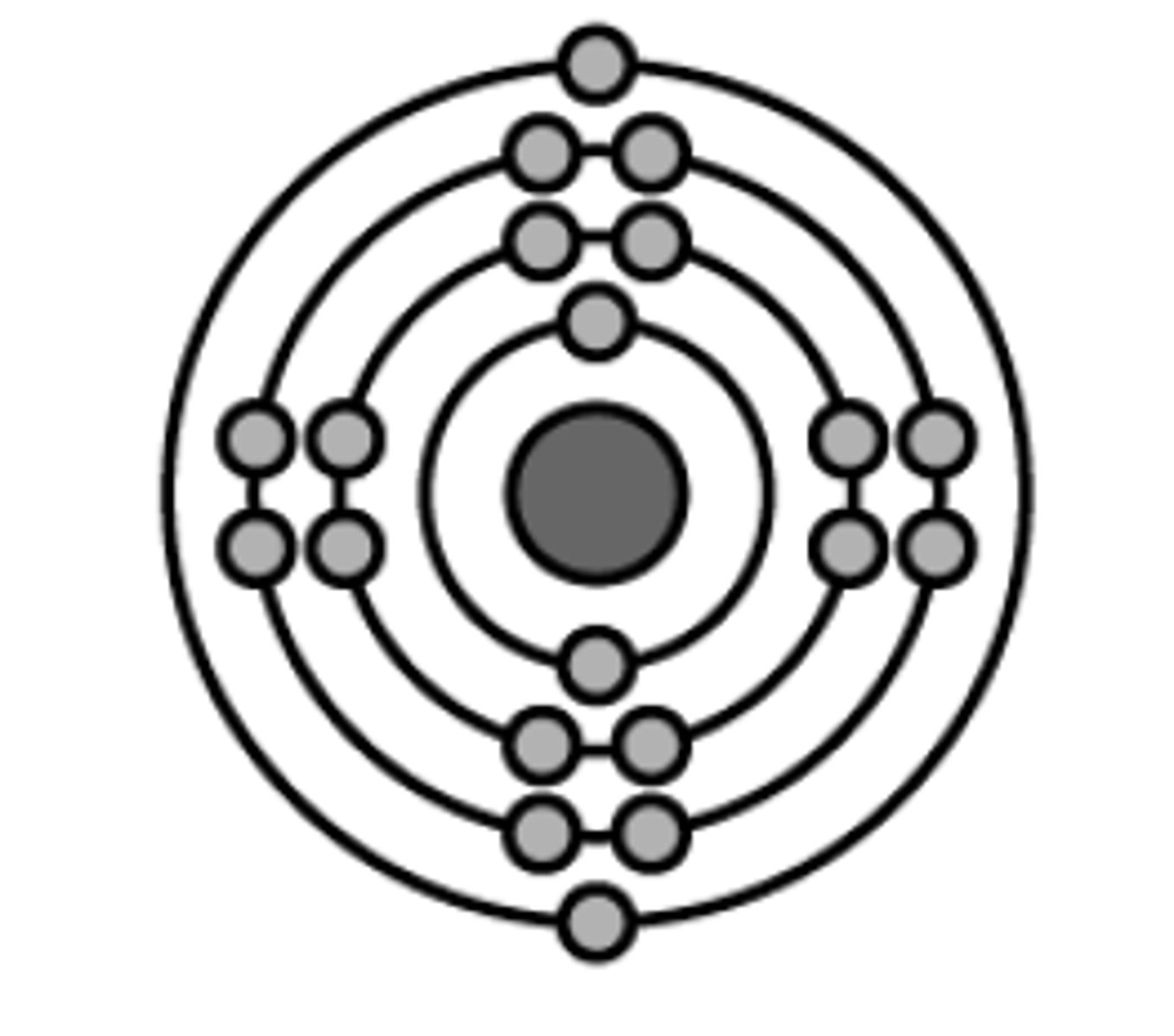
Chemical symbol for an atom
Write some down!
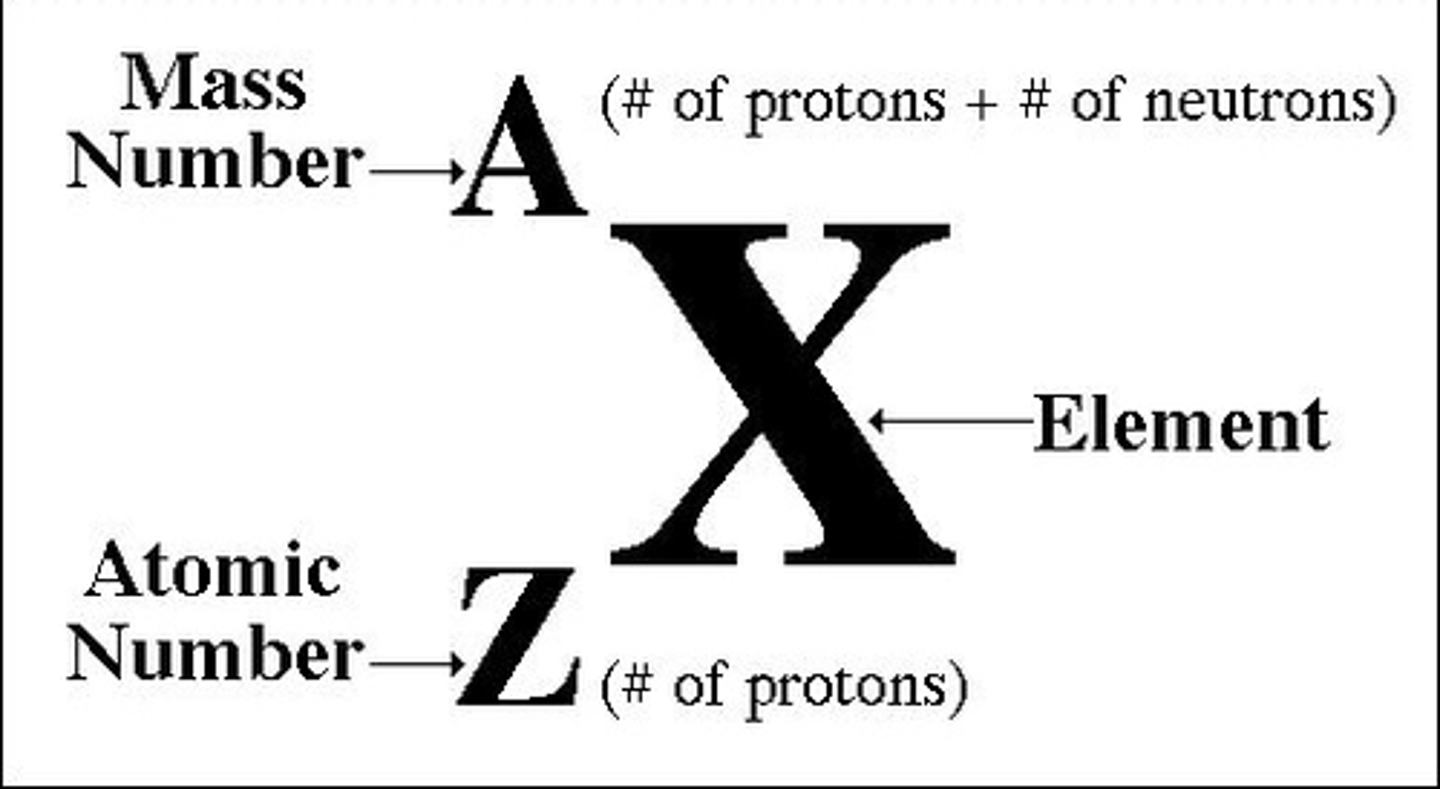
Atomic # (smallest #)
# protons in nucleus, also # electrons in an atom
Mass # (largest #)
Total # of protons and neutrons in nucleus
Isotopes of an element
Atoms with same # of protons and electrons, but different # of neutrons
What an isotope means for a chemical symbol
Same atomic #, but different mass #
All three isotopes of hydrogen
H{1, 1} / hydrogen-1, deuterium / heavy water is H{1, 2} / hydrogen-2 and tritium is H{1, 3} / hydrogen-3 (curly-bracket chemical notation is mine)
Periodic table
Chart of the elements showing the repeating pattern of their properties
What electrons do
Orbit the nucleus in shells
First shell holds a maximum of -
2 electrons
Second shell holds a maximum of -
8 electrons
Third shell holds a maximum of -
8 electrons
What the group # shows (periodic table)
# outer electrons
What the period # shows (periodic table)
# electron shells
Properties of noble gases
Inert and stable
Ion
Electrically charged particle formed when an atom, or group of atoms, loses or gains electrons
Metal atoms do what to form + ions
Lose electrons
Non-metal atoms do what to form - ions
Gain electrons
What stay constant when an atom forms an ion
# protons and neutrons
What you need to work out an ion's electronic structure
Electronic structure of the original ion, and the # electrons it lost or gained
Electronic structure of a sodium atom
2.8.1
Stable atoms or ions have -
Full outer shells
Electron diagram
Represents the electronic structure of an atom or ion
How you draw an electron diagram
A circle to represent each shell, and dots or crosses to represent its electrons. Ions go inside brackets with the change written at the top right. The element's symbol potentially written at the centres instead of showing a nucleus. Have a go at a few
Dot-and-cross diagrams
Use of both dots and crosses allow you to see which atoms provided particular electrons
What dot-and-cross diagrams can be used to show
Covalent bonds
What happens when a metal and non-metal react
Electrons are transferred from the metal atoms to non-metal atoms so both achieve more stable electronic structures
What ionic compounds contain in their solid state
Positive and negative ions arranged in a regular way, called a giant ionic lattice
Ionic bonds
Strong, electrostatic forces of attraction between metal and non-metal atoms, holding oppositely-charged ions in place, acting in all directions
Space-filling model
Way of representing ionic compounds
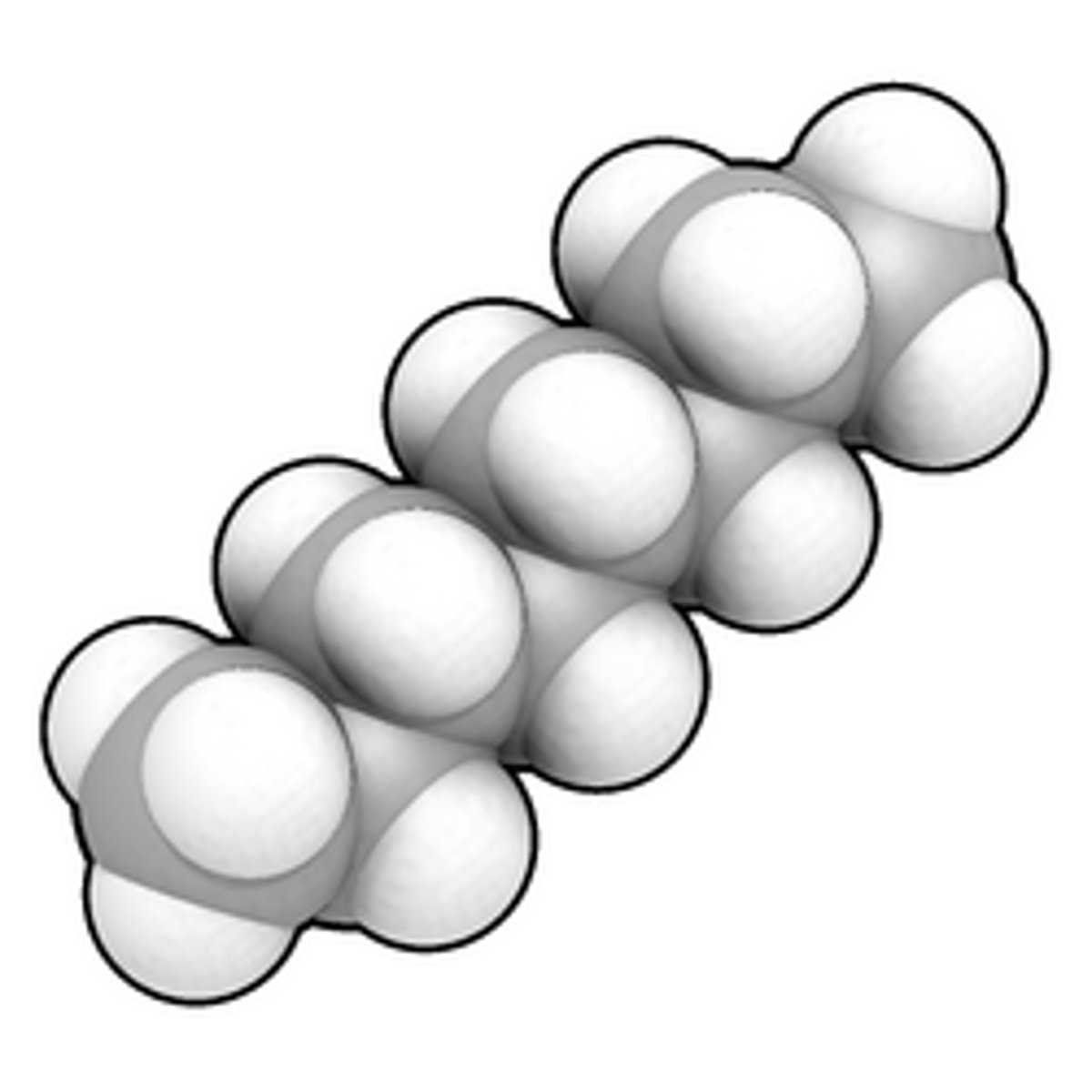
Binary ionic compound
Composed of two elements (a single metal e.g. sodium and non-metal e.g. chlorine)
Giant ionic lattice
Exists in three dimensions, but you can only draw it in two dimensions
What balls and sticks represent in a ball-and-stick model
Balls represent ions and plastic links represent an ionic bonds
Positive things about ball-and-stick models
Give you a clearer idea of the structure and shape of the lattice
Limitations of ball-and-stick models
Ions should be close together - bonds are forces rather than physical objects made from matter
What you can write before brackets in ions notation
Coefficient
What we need to know to find formulae of ionic compounds
Charges of ions
How we can find charges of ions
Periodic table
Transition metals form -
More than one ion
Positive (group) ions
Ammonium, NH4+
Negative (group) ions
Hydroxide, OH -, nitrate, NO3 -, sulfate, SO4 2- and carbonate, CO3 2-
Covalent bond
Shared pair of electrons, forming between two non-metal atoms when they get close enough to share atoms in their outer shells. They therefore complete their outer shells
What each pair of electrons in the intersection of overlapping circles of a dot-and-cross diagram represents
A covalent bond
When drawing a dot-and-cross diagram for covalent bonds, only the what are shown?
Outer shells
Stick notation
Each line between symbols represents a bond. You can have multiple lines to represent multiple e.g. double bonds
Molecule
Particle in which non-metal atoms are joined to each other by covalent bonds
Simple molecule
Only contains a few atoms
Examples of simple molecules
Hydrogen, oxygen, water and carbon dioxide
Covalent bonds between atoms in a simple molecule are -
Strong
Intermolecular forces in a simple molecule are -
Weak
Intermolecular forces
Between molecules
Limitations of ball-and-stick models (for simple molecules)
Sizes of atoms and lengths of bonds are exaggerated, and it suggests that electrons that make bonds do not move
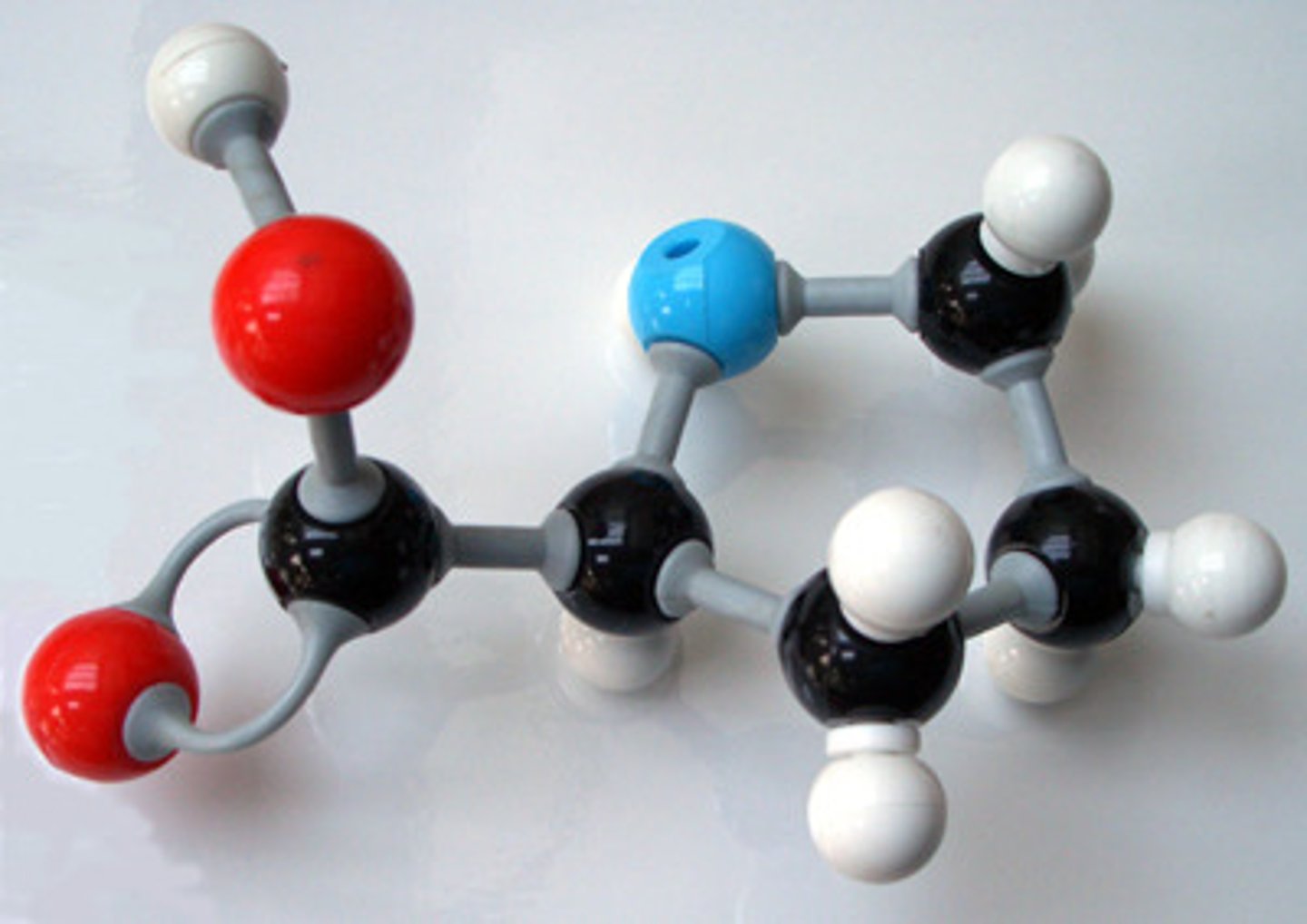
Displayed formula
Drawn for simple molecules, where each atom is represented by its chemical symbol and each covalent bond is a straight line
Limitations of a displayed formula
Does not show three-dimensional shape of molecule
